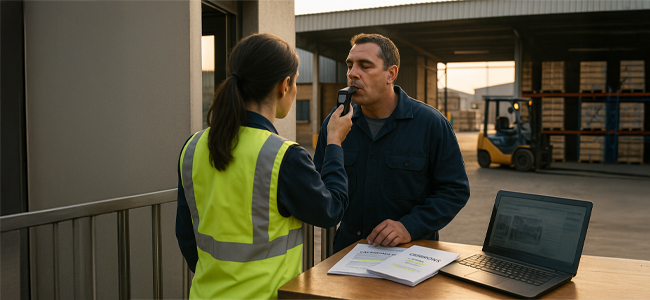“Time shall unfold what plighted cunning hides.” (William Shakespeare, in King Lear)
A recent High Court judgment confirms, yet again, that if a property seller knows about a hidden defect and keeps it quiet, no exemption clause will save them.
A loud roar, rolling flames, and a dream home turns to ashes
A family thought they were moving into a solid, well-built family home (a dual-level freestanding residential townhouse). They had no idea a hidden hazard was buried in the walls above their fireplace.
They found out on a cold and rainy Free State night when they lit a winter fire, as they had done many times before. This time they were in for a shock. All went well until, watching television some hours later, they heard a loud crack like a gunshot…
When the man of the house looked up the staircase, he noticed a glow. He found that the top floor spare room was on fire, with the curtains and bed already alight. A loud roar and flames rolling under the cornice caused him to retreat. He shouted to his wife to gather their pets and call for help, and they escaped outside to await the arrival of the fire department.
The family got out unscathed. But the extensive damage caused by the fire and the collapse of the roof rendered the unit uninhabitable.
The hidden fire hazard
Unbeknownst to the buyers, during construction, a roof truss beam had been built through the chimney brickwork. Building regulations read with the applicable code of practice forbid this, because any timber near a flue is a fire waiting to happen: “Combustible material such as a timber floor joist, trimmer or roof truss shall not be built within 200mm of the inside of a chimney; and … No flue pipe shall be designed and installed in such a manner that it will cause a fire hazard to any adjacent material.”
Faced with a devastated home and huge repair costs, the buyers took the developers, who had both built and sold the house, to the High Court, where a forensic fire expert explained that the origin of the fire could be traced to the beam in question. Over time, repeated heat exposure had dried out and charred the timber. On the fateful evening, it finally caught alight, and the fire spread to the polystyrene ceiling cornices, which melted and dropped flaming debris onto bedding in the upstairs room directly above the fireplace.
Voetstoots? Forget it!
The developers argued they weren’t liable because the sale agreement contained a standard exemption (“voetstoots”) clause and could not therefore be held to account for a hidden defect such as this one.
In short, the developer’s position was: “You bought the house as it stood, defects and all, whether you could see them or not.” They also pointed out that the buyers had signed an acknowledgement that they’d inspected the house.
But the Court was clear: “It is the duty of the seller to deliver the thing sold to the buyer without any defects.” Voetstoots clauses don’t give a seller free rein to hide behind the contract if there’s fraud or dishonesty:
- The defect was “latent”, in that it was hidden inside the chimney and could not have been discovered by a normal inspection.
- The developer, as the builder, must have known of the latent defect, and whilst “fraud will not lightly be inferred, the fact that the chimney was not represented on the approved building plans occasions the reasonable inference that it fraudulently concealed the defect.”
Bottom line? By failing to disclose a defect that was dangerous and unlawful, the developer crossed the line from simple non-disclosure to fraudulent concealment.
Here’s how to avoid disaster and dispute
- Sellers: Check carefully for any possible defects and make honest disclosure part of your sale process, particularly when completing the “mandatory disclosure form” that must be attached to the sale agreement. And don’t rely blindly on a standard exemption clause – it’s no guarantee of protection if a hidden defect comes back to haunt you.
- Buyers: Always ask questions. Look at approved building plans, think of commissioning an independent home inspection, and don’t be shy to raise any concerns. If you suspect fraud after buying, don’t wait – get legal advice fast.
The bottom line
Hidden defects don’t stay hidden forever, no matter how cleverly concealed. Sooner or later, as Shakespeare put it, “time shall unfold what plighted cunning hides.”
If you find yourself facing the fallout of a seller’s dishonesty, we’ll help you protect your rights and recover what you’ve lost.
Disclaimer: The information provided herein should not be used or relied on as professional advice. No liability can be accepted for any errors or omissions nor for any loss or damage arising from reliance upon any information herein. Always contact us for specific and detailed advice.
© LawDotNews



